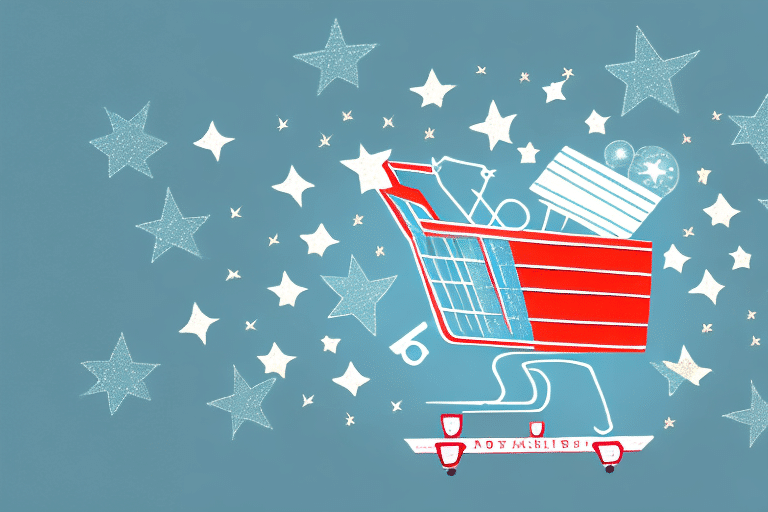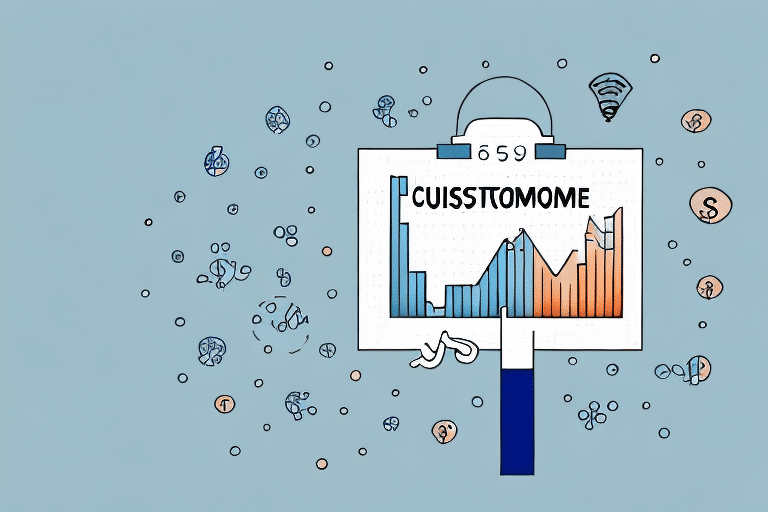How to Leverage Ecommerce Retention Marketing to Increase Customer Loyalty
Ecommerce businesses face unique challenges in retaining customers. Unlike brick-and-mortar stores, they lack face-to-face interactions, making it crucial to build meaningful relationships through effective retention marketing. By focusing on keeping existing customers engaged and loyal, ecommerce businesses can increase customer lifetime value and ultimately boost sales. This article explores the fundamentals of ecommerce retention marketing and provides actionable strategies to enhance customer loyalty.
Understanding the Basics of Ecommerce Retention Marketing
Ecommerce retention marketing focuses on keeping existing customers engaged and encouraging repeat purchases. The primary goal is to increase customer lifetime value by fostering loyalty and reducing churn rates. Strategies include personalized email campaigns, loyalty programs, and targeted promotions tailored to customer behavior and preferences.
Key Retention Marketing Strategies
- Personalized Email Campaigns: Sending customized messages based on customer behavior.
- Loyalty Programs: Rewarding repeat customers with exclusive benefits.
- Exclusive Discounts and Promotions: Offering special deals to existing customers.
- Exceptional Customer Service: Providing fast shipping, easy returns, and personalized support.
Implementing these strategies can help ecommerce businesses build strong relationships with customers, encouraging repeat business and long-term loyalty.
The Importance of Customer Loyalty for Ecommerce Businesses
Customer loyalty is essential for the sustainability and growth of ecommerce businesses. Statistics show that retaining existing customers is significantly more cost-effective than acquiring new ones. According to a study by Harvard Business Review, increasing customer retention rates by 5% can lead to an increase in profits of 25% to 95%.
Loyal customers not only provide consistent revenue but also become brand advocates, recommending your business to others, which can drive new sales organically.
Benefits of Customer Loyalty
- Increased customer lifetime value
- Higher conversion rates
- Lower marketing costs
- Enhanced brand reputation
- Organic growth through referrals
Effective Strategies for Ecommerce Retention Marketing
Implementing effective retention marketing strategies can significantly enhance customer loyalty. Below are some proven strategies backed by data:
Personalization
Personalized experiences can drive higher engagement and conversions. According to EcommerceFuel, 80% of consumers are more likely to make a purchase when brands offer personalized experiences.
Use customer data to recommend products, send targeted emails, and create customized shopping experiences.
Loyalty Programs
Loyalty programs reward customers for their repeat business. Research by Bain & Company indicates that loyal customers are five times more likely to repurchase and four times more likely to refer others.
- Offer points for purchases that can be redeemed for discounts or freebies.
- Provide exclusive access to new products or special events.
Email Marketing
Email marketing remains one of the most effective channels for retention. According to ReportLinker, email marketing has an average ROI of $42 for every $1 spent.
Use targeted email campaigns to re-engage inactive customers, notify them of promotions, or gather feedback.
Exceptional Customer Service
Providing outstanding customer service can significantly enhance customer satisfaction and loyalty. Fast shipping, hassle-free returns, and responsive support are critical factors that influence repeat purchases.
Measuring the Success of Retention Marketing Efforts
Tracking key metrics is essential to evaluate the effectiveness of your retention marketing strategies. Here are some critical metrics to monitor:
Customer Retention Rate
This metric indicates the percentage of customers who continue to do business with you over a specified period. A higher retention rate typically translates to increased revenue and profitability.
Customer Lifetime Value (CLV)
CLV measures the total revenue a business can expect from a single customer account throughout the relationship. Increasing CLV is a primary objective of retention marketing.
Purchase Frequency
Monitoring how often customers make purchases can help identify trends and opportunities for re-engagement.
Customer Satisfaction and Engagement
Use surveys, social media interactions, and website analytics to gauge customer satisfaction and engagement levels. High satisfaction typically correlates with increased loyalty.
Best Practices for Building Long-Term Customer Relationships
Establishing long-term relationships with customers requires consistent effort and strategic planning. Here are some best practices to follow:
Provide Value Beyond Products
Offer valuable content such as how-to guides, tutorials, and informative blog posts that help customers get the most out of your products. This positions your brand as a trusted resource.
Maintain Open Communication
Regularly communicate with your customers through newsletters, updates, and personalized messages. Ensure that communication is two-way by encouraging feedback and promptly addressing concerns.
Foster a Sense of Community
Create a community around your brand through social media, forums, and customer events. Engaging customers in a community can build a deeper emotional connection and loyalty.
Continuously Improve Based on Feedback
Actively seek and utilize customer feedback to refine your products and services. Demonstrating that you listen and adapt to customer needs can significantly enhance loyalty.
Case Studies: Successful Ecommerce Retention Marketing
Examining successful ecommerce businesses can provide valuable insights into effective retention marketing strategies.
Sephora's Beauty Insider Program
Sephora's Beauty Insider program offers tiered rewards, exclusive discounts, early access to products, and personalized beauty recommendations. According to Forbes, nearly 80% of members are actively engaged, contributing to increased customer retention and sales.
Amazon's Personalized Recommendations
Amazon utilizes sophisticated data analytics to provide personalized product recommendations based on browsing and purchase history. This strategy has been instrumental in fostering repeat purchases and enhancing customer loyalty.
Conclusion
Ecommerce retention marketing is a powerful strategy for increasing customer loyalty and driving long-term sales growth. By implementing personalized experiences, robust loyalty programs, effective email marketing, and exceptional customer service, businesses can foster strong relationships with their customers. Tracking key metrics and continuously optimizing strategies based on data and feedback ensures sustained success. Learning from successful case studies like Sephora and Amazon can provide actionable insights to enhance your retention marketing efforts.








